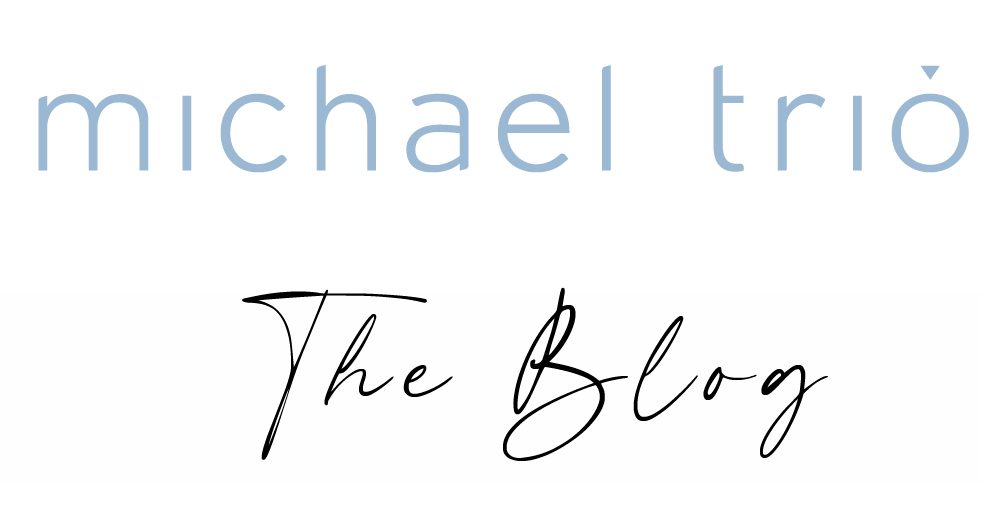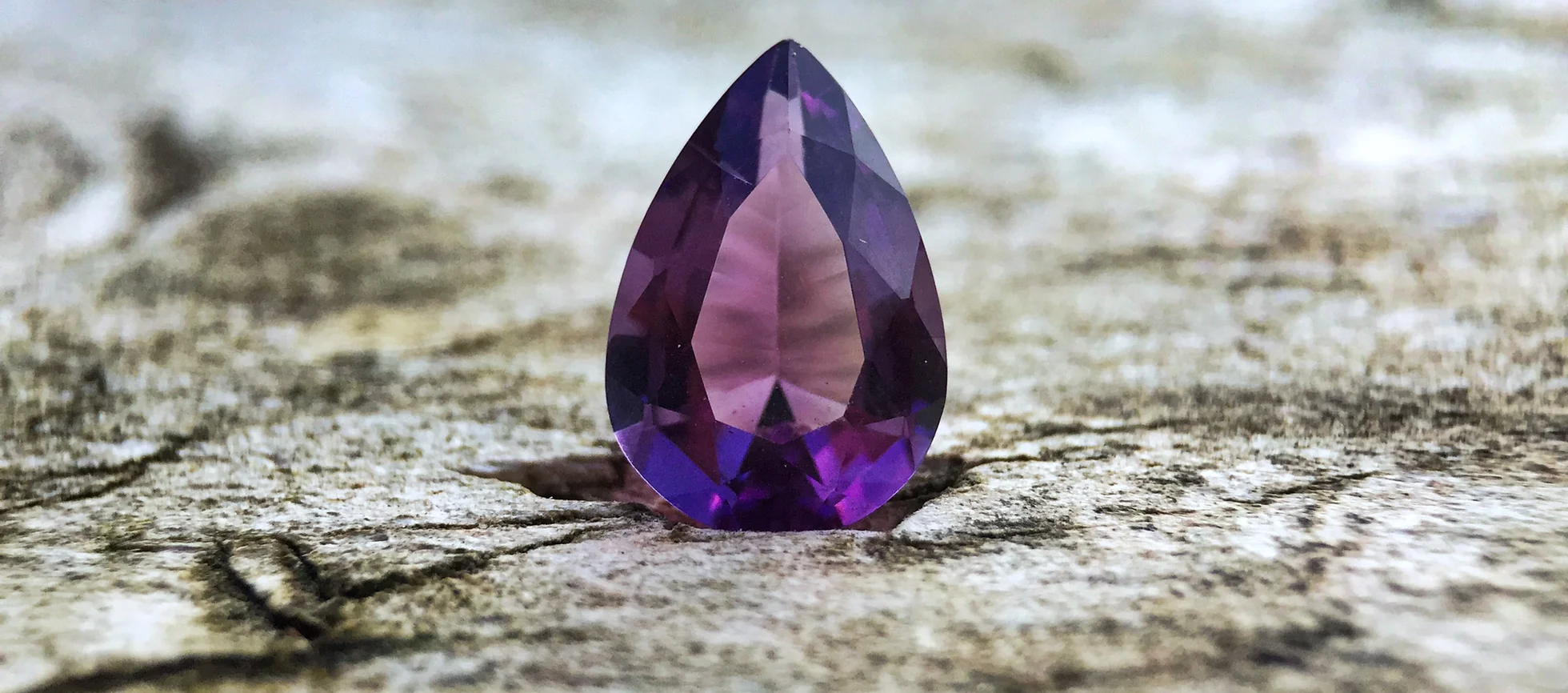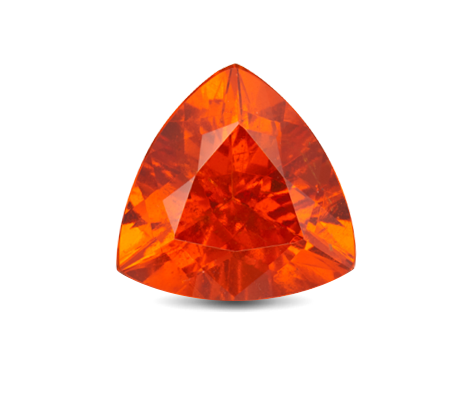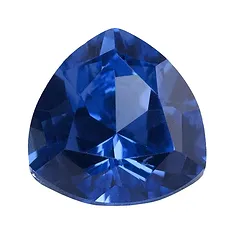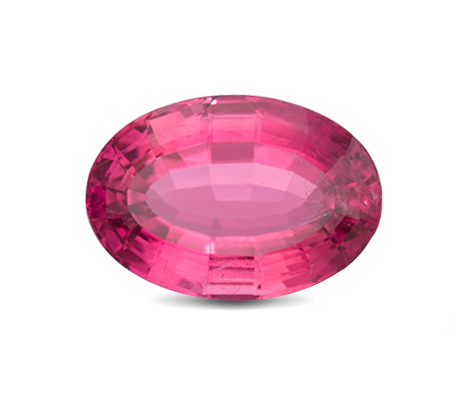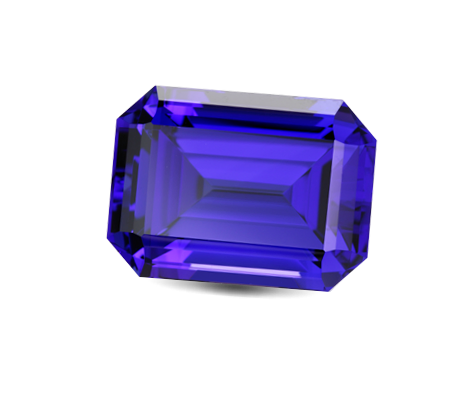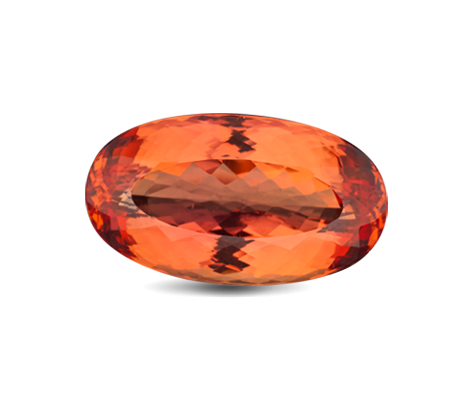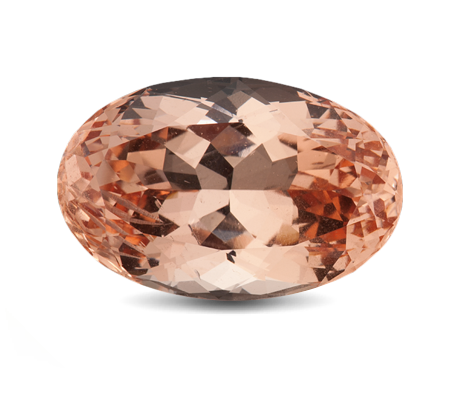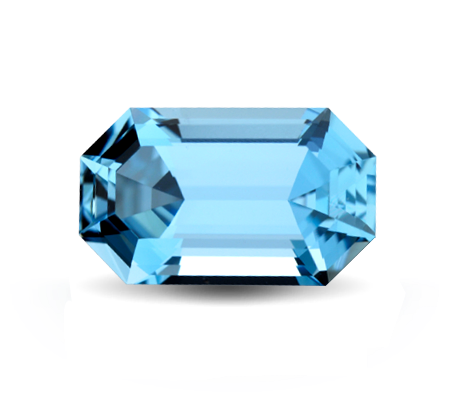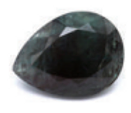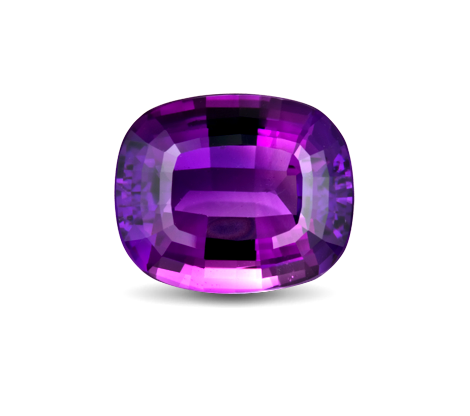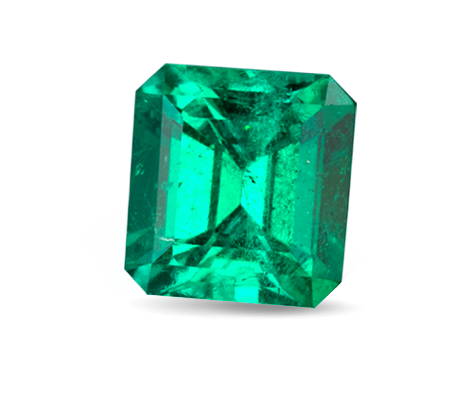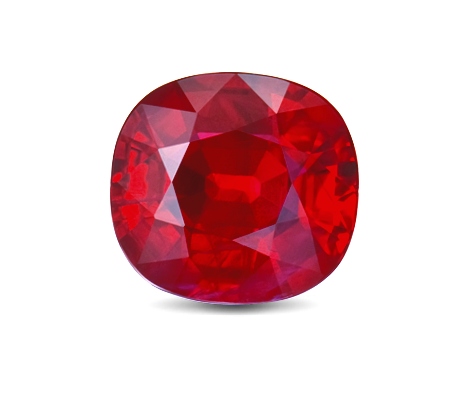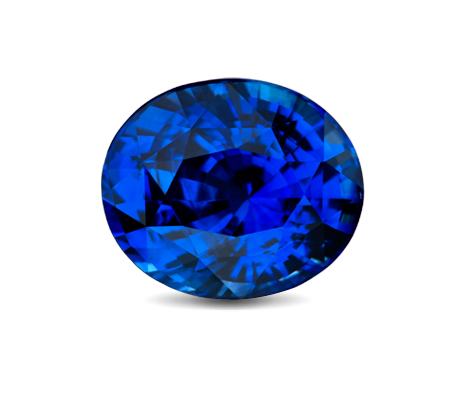Overview
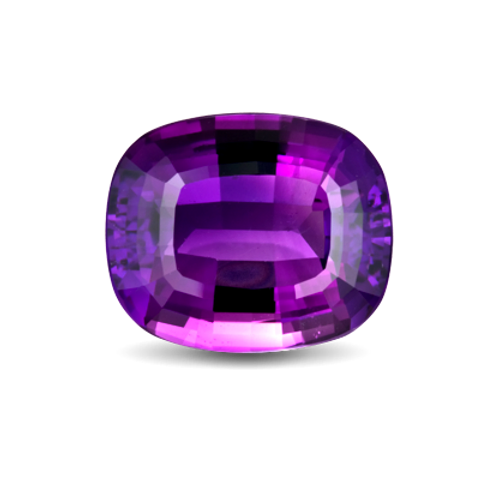
About Amethyst
Derived from the greek word Amethystos, which mean ‘not intoxicated’. This gem is often associated with the Greek God of Wine, Dionysus, and it is said to help the wearer prevent drunkenness. The birthstone of February, it is believed help the wearer stay quick-witted and focused. Explore this uniquely beautiful gem right here
Amethyst Properties
Mineral: Quartz
Chemistry: Silicon Oxide (SiO2)
Refractive Index: 1.544 – 1.553
Birefringence: 0.009
Specific Gravity: 2.65
Mohs Hardness:7.0
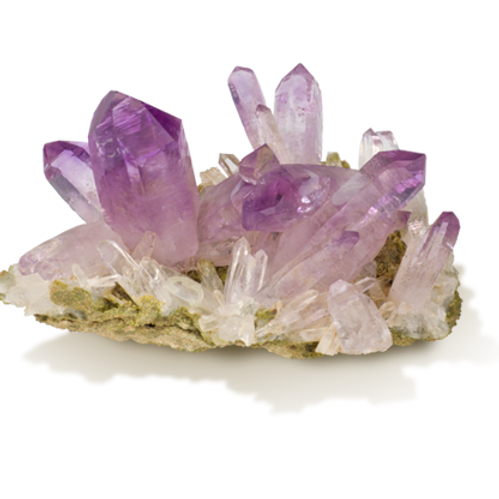
Main Colour
Purple
OTHER COLOURS
Lilac Purple
Reddish Purple
Dark Purple
Common Shapes




Birthstone Month
February
Treatments / Enhancements
Heated Treatment is usually used to improve colour and clarity
Similar Gemstones
Citrine, Pink Sapphire, Emerald, Rose Quartz
Origins
Bolivia, Tanzania, Brazil, Uruguay, Zambia
Colour
Colour is the most significant factor affecting the value of an amethyst.
Colour preferences do change in time and from culture to culture. Nevertheless, the most sought after colour is a pure purple with a medium to deep tone, sometimes with a reddish undertone as well. It also displays very clear colour zoning of lighter and darker shades of purple.

Amethyst with 3 different undertones
Colour Grades of Amethyst
Amethyst not only have different colour/undertone shades, they also come shades of purple with varying intensity as well. Below is some of the amethysts with different shade intensity. The highest quality amethyst is a vibrant reddish-purple. Darker shades of amethyst fetch higher prices compared to their lighter counterparts, so long as the shade is not too dark that it causes the gem to look black under dim lighting conditions.
Vivid
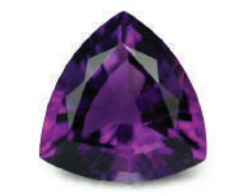
Intense
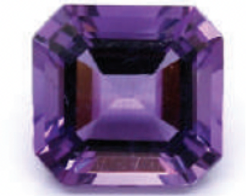
Medium Intense
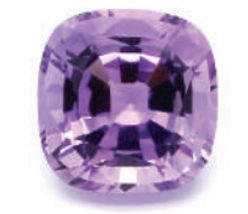
Light
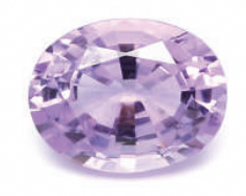
Amethyst Popular Colour Hues
There are more popular shades of amethyst and they have specific trade names for these gems
Rose de France: Also known Lavender Amethyst, its shade of purple resembles fresh lavender accompanied by a blushy pink hue.
Siberian: The highest quality amethyst available is the Siberian Amethyst. These gems have a stunning midnight purple with sparkling glimmers of red and blue.
Ametrine: Commonly known as Bolivianite. It is a naturally occurring mixture of amethyst and citrine. The presence of citrine gives it a dramatic yellow and violet colour blend.
Clarity
Clarity of a gem is judged based off the gem’s opacity and how much inclusions does the gem contain. The assessment of clarity is often done thru eye clean and it follow the same grading as with diamonds. Inclusions within the gem affects the value of the gem. The more visible the inclusions are to the visible eye, the lower the value of the gem.

Amethyst with 3 different opacity
Amethysts are expected to contain inclusions, despite inclusion-free amethyst are common. Value of the amethyst depends on how visible the inclusions are. Obvious inclusions, or inclusions that reduce transparency or brightness, lower an Amethyst’s value drastically.
Several types of inclusions are found in amethyst. Among these are long thin mineral inclusions called needles. Fine needles are called silk. Theres also inclusions from clear liquid called feathers.
Clarity Grades of Amethyst
Clarity in transparent amethyst is assessed by naked eye only and at distance of about 40cm. Transparent amethysts that are free of inclusions are common, but visible inclusions are common and accepted.
African vs Brazilian material
A large amount of amethyst in the market are eye cleaned and graded. Amethyst mined from Africa, especially from Zambia, contain more inclusions as compared to its Brazilian counterpart even when it has a more saturated raspberry colour. It is generally accepted as a faceted stone because of its colour.
Amethyst that have inclusions and remarkable colour are often cut as cabochons or beads. This 2 cuts display the highest clarity and finest colour, allowing for higher price.
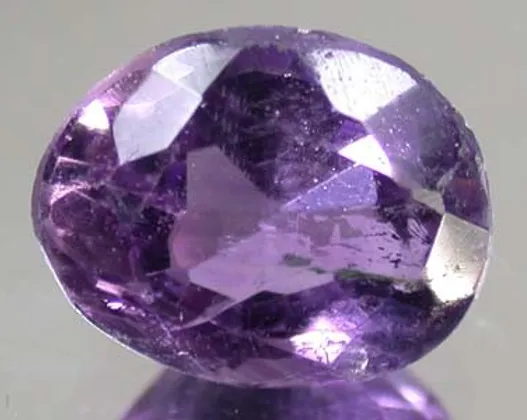
Cut
Amethyst is usually cut into a large variety of shapes, ranging from round shape to pear shape. They are also cut into faceted stones with shape such as classic triangular and kite-shaped facet arrangements called brilliant cuts, rows of concentric parallel facets called step cuts, and mixed cuts that combine both.
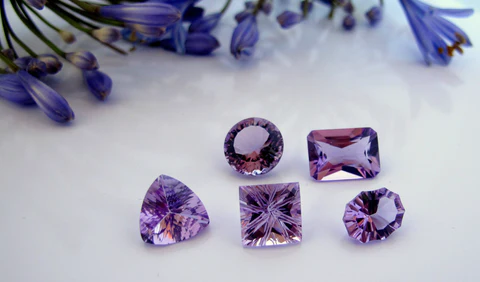
Amethyst are very popular with cutters that want to cut it into various freeform shapes. Most of it is done by hand or automated cutting. This allowed for mass production or one off designer cuts. Some cuts even contain concave faceting, and some cuts are found to be animals or any objects.
Carat
Gemstones such as Amethyst are denser than diamonds, therefore the carat weight for a gemstones differs from that of a diamond. Size of gemstones, including amethyst, are measured by carat as well as their diameter in millimeters.
Amethyst are easily found in large deposits. It is also available in large sizes readily. So this makes amethyst a popular large center piece for jewellery. As such, its price does not rise significantly as the size increase.
